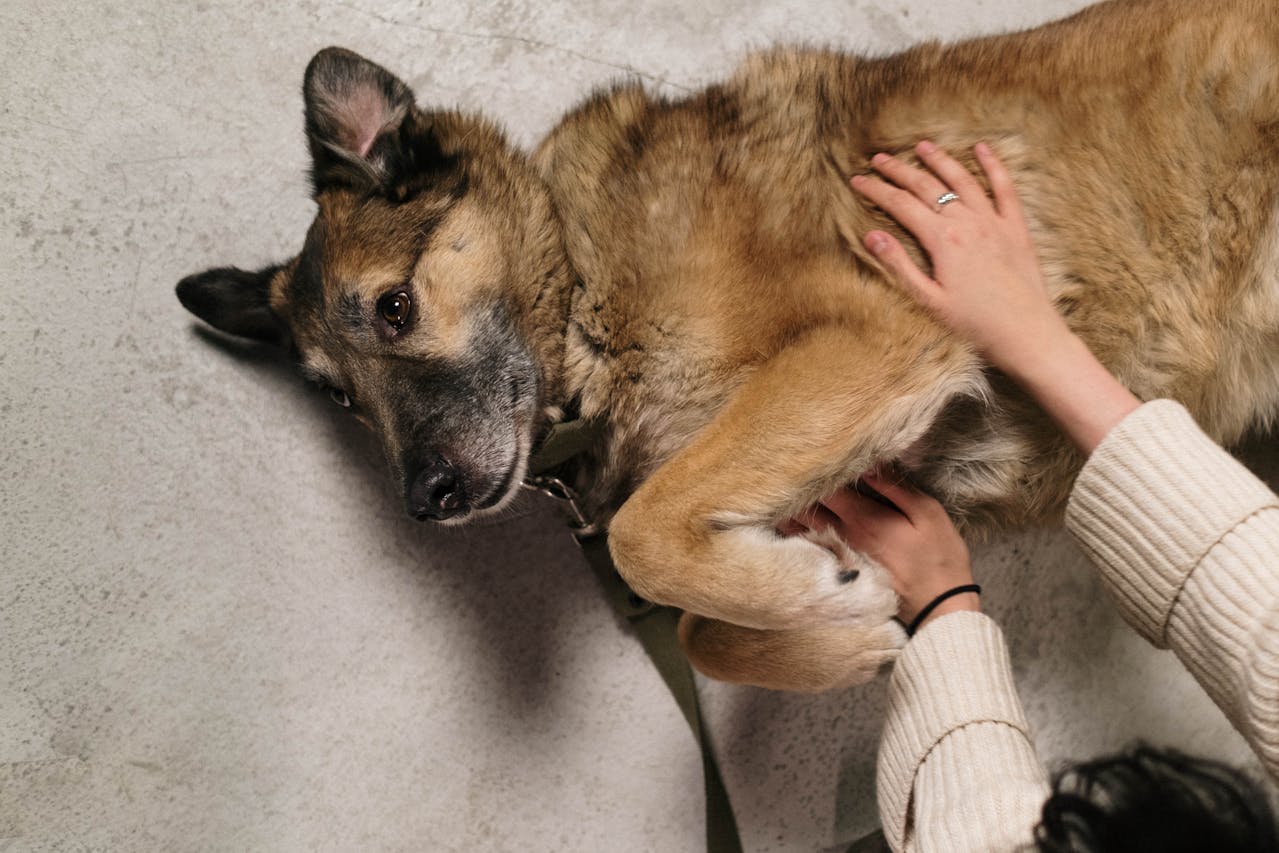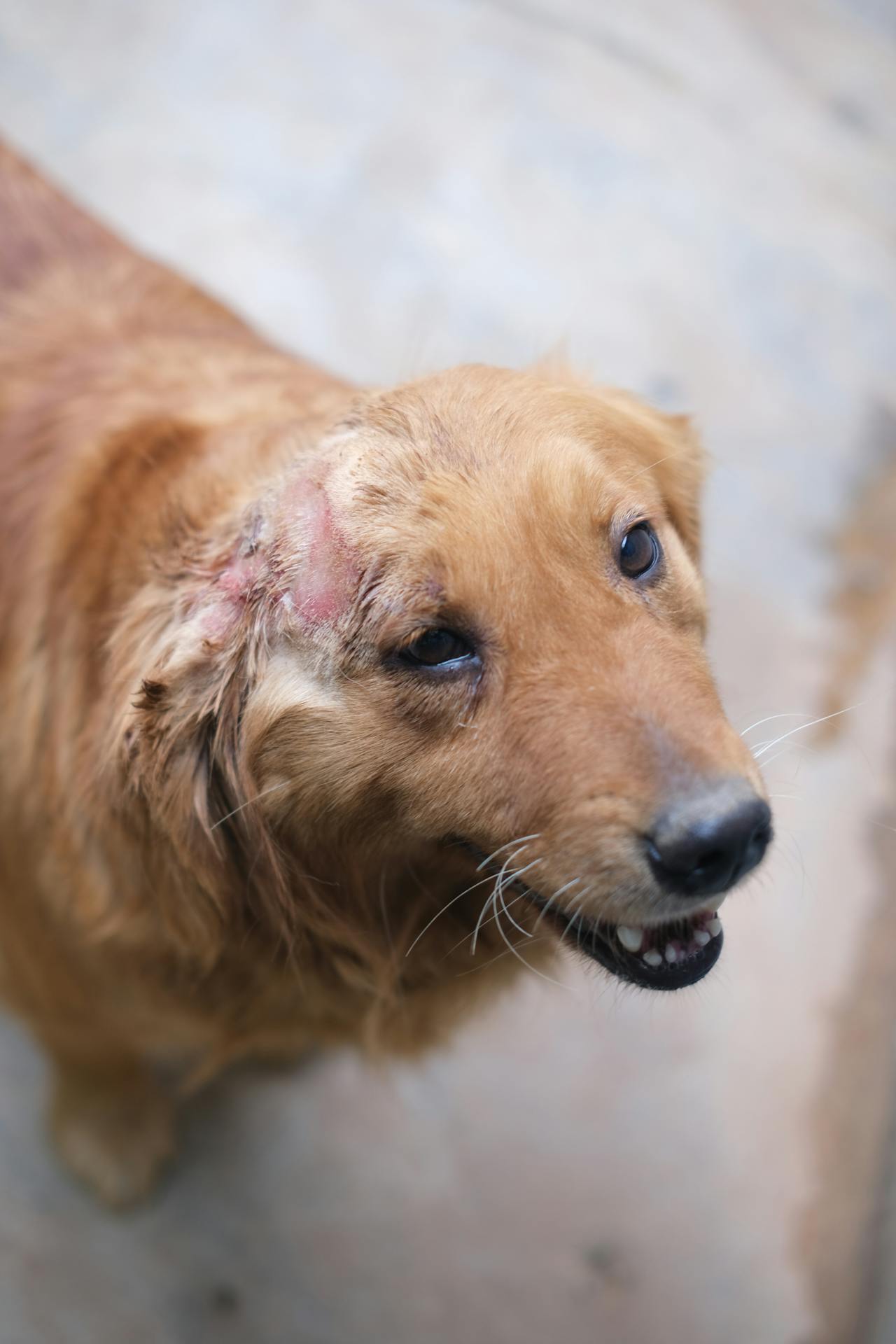All Pet conditions Articles

What Is Bloat in Dogs?
Bloat, also known as gastric dilatation-volvulus (GDV), is a serious and potentially deadly condition in dogs. It happens when the stomach fills up with gas and then twists, cutting off blood flow. This twist can trigger a series of severe problems in the body, making it a medical emergency that needs immediate attention.

Understanding Progressive Retinal Atrophy (PRA) in Pets
Progressive Retinal Atrophy (PRA) is an inherited eye condition that can eventually lead to blindness, especially in dogs and cats. Unlike the gradual vision changes that come with age, PRA tends to move much faster—sometimes taking just months or a few years. One of the first signs you might notice is your pet having trouble seeing in the dark. They might hesitate to go outside at night or seem unsure in dimly lit rooms. You may also see them struggling with stairs or bumping into things they used to navigate easily.

Dog Hip Dysplasia: What Every Dog Owner Should Know
Hip dysplasia is a genetic condition that affects a dog’s hip joint, preventing it from forming correctly. Instead of a snug fit, the joint is loose and unstable, which can cause pain, inflammation, and, over time, lead to arthritis.

Cushing’s Disease in Pets: What You Need to Know
Cushing’s disease, or hyperadrenocorticism, is a hormonal disorder that mainly affects dogs, though it can occasionally occur in cats. It’s most common in middle-aged and older pets. While there’s no cure, proper management can significantly improve your pet’s well-being and help them live a comfortable life.

Allergic Reactions to Pet Vaccines: What Every Pet Owner Should Know
Vaccines are essential for protecting our pets from dangerous diseases, but it's understandable to worry about possible allergic reactions. To help put your mind at ease, here’s a straightforward guide on how vaccines work, what signs to watch for, and what steps to take if your pet has a reaction.

Addison’s Disease in Dogs
Addison’s disease, also known as hypoadrenocorticism, is a hormonal disorder that mostly affects dogs. It’s pretty rare in cats and not all that common in dogs either, but when it does occur, it’s more likely to be seen in young to middle-aged female dogs. While it’s not something you hear about every day, it’s a serious condition that can be life-threatening if it’s not properly managed.
Get insurance plans with wide-ranging coverage options






